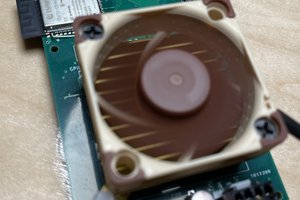The Mobile Hall Project
Introduction
The society of the 21st century is facing several crises. The particular crisis addressed by this project are: affordable housing, clean drinking water, clean affordable power, environmental destruction, crime, family breakdown, employment, and mental health. How can one project address all of these? Read on.
Overview
The Mobile Hall project develops communities of twelve families each living in a Mobile Hall. The Mobile Hall is a 32’ long, eight foot wide vehicle based on existing travel trailer technology. It generates electricity sufficient for one family using solar power. It generates biogas from the waste produced by the family sufficient to provide heating and refrigeration as well as an outdoor grill. The roof and awning of the Mobile Hall will collect, sterilize, and store drinking water for the family. The Mobile Hall systems will be automated, controlled, and optimized using technology. The Mobile Hall community will provide docking for twelve or more Mobile Halls. The docking station will interface the Mobile Hall’s electric, gas, water, automation and communication systems with the other Mobile Halls and provide some limited shared utility infrastructure. The community dock will include a garden that is irrigated from the grey water, and a orchard that is watered and fertilized underground from the effluent produced by the biogas generator. The Mobile Hall community will provide infrastructure to support social and recreational activities of the members. The Mobile Hall community will preserve a large greenbelt of native landscape that will be incorporated and maintained by the residents. The great hope of these mobile communities is that they will nurture the families that reside in them and develop lifelong bonds with the neighbors comprising the mobile community. When the residents travel, they may choose to bring their Mobile Hall with them whether it be vacation, business travel, or other trips. The systems of the Mobile Hall will be designed to fully support the residents whether docked or undocked. However the benefits of docking should not be overlooked. The community pavilion and other buildings will have solar power generating roofs. A central biogas generator will be significantly larger that the units onboard the Mobile Hall and will operate much more efficiently. The grey water and effluent will produce rich gardens and orchards that when shared with the community will meet the basic needs of all residents. The perimeter of the community will be fenced with eight foot high woven wire fence, which will be topped with an electrified wire to deter any climbers. The fence will keep natural and unnatural predators out of the community and the central automation system of the community will include security mechanisms. The Community should strive to be cashless where possible, sharing resources amongst the members. The development of a community should utilize donations and volunteer labor to the greatest extent possible. Mobile Halls, and the Mobile Hall Community should not be purchased and sold like traditional property. Upon completion of a community, the residents of the community should interview and grant residency to applicants of their choice for any vacancies. The deeds for the community and Mobile Hall vehicles will be maintained by a charitable trust. However, the resident manifesto will give the residents full control of the community.
Table of Contents
Rainwater Collection Systems 3
Automation and Security Systems 3
High Level Design for Mobile Hall ...
Read more »

 Bob
Bob
